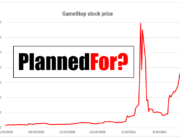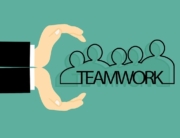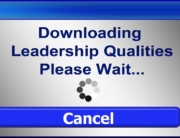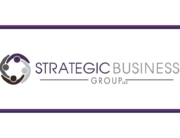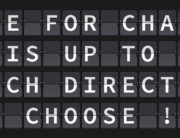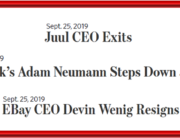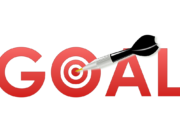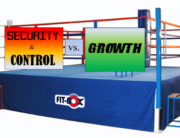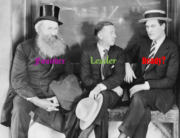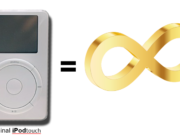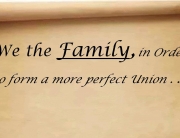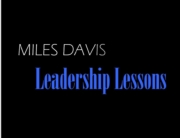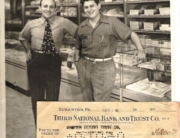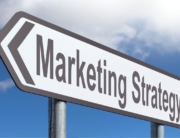I was on a bicycle ride recently when another cyclist sprinted past me. I immediately picked up my speed to catchup. That effort is where this week’s Lesson Found begins.
My instinct was to use this cyclist as a pacer to increase my own speed. In the past, I often used this technique to amp-up the intensity of my workout as well as meet other cyclists. However, I haven’t ridden much this season so I’ve been working on building endurance with the goal of extending the average distance of my rides. This left me with a decision: Continue on a faster pace for a shorter ride or slow down and finish the longer ride I originally planned in pursuit of my ultimate goal. So my “sprint” lasted three miles before I thanked the guy and slowed to a more suitable pace.
The Lesson Found for businesses is in this decision. Many owners’ pursuit of higher profits is through speeding up sales. This is often done instinctually, with little consideration of the company’s capacity or, more significantly, if these additional sales may come at the expense of quality. For example, a client requested help on boosting his marketing efforts. However, this client was already booked beyond capacity with his crew working long hours, six (and sometimes seven) days a week. Once I explained the possible consequences, he switched his focus back to boosting capacity before extending his marketing.
To ensure long term success, owners need to also look beyond capacity. But to what? The evolution of my cycling provides the answer. When I was younger, I loved going fast. About 15 years later, I cycled with someone who preferred distance riding. In other words, my goals changed over time from speed to distance. The key word in that last sentence is “goals”. Business owners’ decisions on the speed of growth and how to accomplish it need to be driven by their overall goals. If the owner feels strongly about moving forward on an action that doesn’t fit their goals, then it is time to reconsider whether to modify or even possibly expanding these goals. Of course, this assumes the owner has clearly thought out and articulated their goals. If not, the first step is to clarify and prioritize those goals to ensure the company’s profitably and success long lasts into the future.
How often do you review the long-term goals for your company and how well do they align with the company’s operational capacity?









